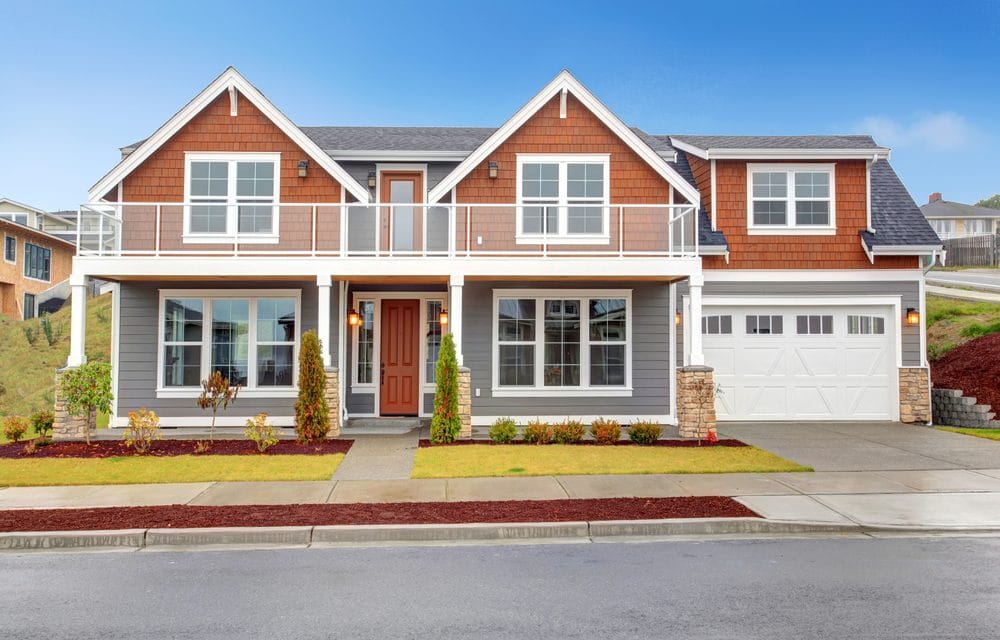by Sheridan Foster, Founder and CEO, Elemental Green
We all want to do our part for sustainability. Studies have shown that green buildings are better for the planet, your wallet, your health, and even your cognitive function. (We told you that it was smart to be green!) But sometimes the process seems very complex. We will demystify three common certifications and help you decide what may be right for your home.
There are many different certifications to choose from when certifying a sustainable home. Some deal solely with appliances or fixtures, while some address the entire home. In this article, we have chosen to discuss three common certifications – Net-Zero Energy, Passive House, and LEED. While you can build a green home without receiving any of these certifications, they all demonstrate a commitment to sustainability. It is also interesting to note that these are not mutually exclusive. You could have a home which achieves all three benchmarks!
NET-ZERO ENERGY or ENERGY-PLUS
The explanation is actually in the title. A Net-Zero Energy (or Zero-Net Energy – ZNE) home produces as much energy from renewable sources as it uses over the course of a year. This encompasses everything from fully off-grid living to the more common scenario of generating excess power in the sunny summer months to sell to the grid and using utility-generated energy to top up winter demands.
There is also Energy-Plus (also known as Plus-Energy House or Efficiency-Plus House) which generates MORE energy from renewable sources than it uses over the course of a year.
Did you know that California has a goal to make 100% of new homes Zero-Net Energy by 2030?
One tool that can make it easier to achieve a Net-Zero Energy or Energy-Plus home is to use principles of low-energy building design such as Passive House design.
PASSIVE HOUSE
Passive House (or the original German: PassivHaus) is all about energy efficiency and comfort. The goal is to reduce the need for additional heating/cooling to below the thresholds included in the standard. In some cases, the need for additional heating and cooling can be at or close to zero.
Passive House makes use of techniques such as heavy insulation, removing leakages big and small, heat-exchanging ventilation, passive solar (thoughtful use of sun and shade), eliminating thermal bridges which link the outside and inside directly, and choice of highly efficient windows. Any individual project will pick what works best for their climate and measure heat loss vs heat generation.
Passive House buildings are very comfortable. In the winter, sunlight from low on the horizon is allowed to naturally warm the house and the air-tight envelope keeps warmth inside. Overhangs to block the sun when it is high in the sky keep the house cooler in the summer. A ventilation system supplies constant fresh air which leads to superior indoor air quality.
LEED
The most widely used green building standard in the world is LEED, which stands for Leadership in Energy and and Environmental Design. LEED is a more comprehensive certification which looks at energy as just a single component of a sustainable home. Your new building or renovation is awarded credits based on the categories: Location and Transportation, Sustainable Sites, Water Efficiency, Materials and Resources, Indoor Environmental Quality, Innovation in Design, and of course Energy and Atmosphere.
The credit system takes into consideration sustainable practices and environmentally-friendly choices in each of these categories to rank a home at levels Certified, Silver, Gold, or Platinum.
A fee, which varies based on square footage, is paid to register the building. It does not cost more to register based on higher certification level. LEED homes must provide documentation supporting the application. and LEED certification is granted by the Green Building Certification Institute (GBCI).
If a home is LEED-certified, it will have demonstrated sustainable practices across a range of important green focus areas. The average LEED-certified home uses 20-30 percent less energy than a home built to standard code. So homeowners can expect a significant reduction in operating costs. But the benefits do not stop there. A recent study of the Real Estate market in Texas found that new homes built to LEED standard achieved an 8% premium in resale value.
Want to learn more? Check out all of our articles about green home certifications!






![10 Steps Toward a Zero Energy Home [Infographic]](https://elemental.green/wp-content/uploads/2016/04/cbfb-440x264.jpg)

